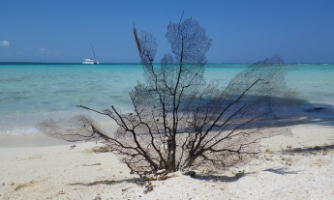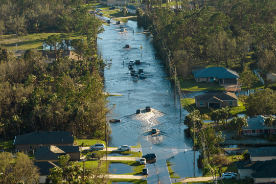Finance
Blue Bonds Explained From Seychelles to Belize: structures, KPIs, and lessons learned.

Blue bonds have emerged as one of the most innovative tools in sustainable finance, designed to channel capital toward the protection and sustainable use of ocean resources. Modeled after the success of green bonds, these instruments are typically issued by governments or financial institutions, with proceeds earmarked for projects such as marine conservation, fisheries management, or climate-resilient coastal infrastructure. While still a relatively young segment of the bond market, early issuances from countries like Seychelles and Belize have provided valuable insights into how these structures can be designed, the key performance indicators (KPIs) that define their impact, and the challenges involved in balancing financial returns with conservation goals.
The Seychelles was the first country to issue a sovereign blue bond in 2018, raising $15 million to support sustainable fisheries and marine conservation. The bond was backed by a World Bank guarantee and a concessional loan from the Global Environment Facility, which helped de-risk the issuance and attract investors. Its structure demonstrated how blended finance—combining private capital with multilateral support—can unlock investment in projects that might otherwise struggle to gain market traction. Belize followed with its own landmark deal in 2021, using a “debt-for-nature swap” mechanism in partnership with The Nature Conservancy. The transaction allowed Belize to restructure a portion of its sovereign debt at a discount, freeing up more than $200 million for marine conservation over two decades.
Key performance indicators play a central role in ensuring that blue bonds deliver measurable outcomes. Common KPIs include the percentage of marine areas brought under legal protection, improvements in sustainable fisheries practices, reductions in illegal or unregulated fishing, and progress toward ocean-based climate adaptation. The success of these bonds depends not only on setting ambitious but achievable targets but also on establishing reliable monitoring and reporting frameworks to verify impact. Investors, in turn, are demanding increasing transparency to ensure that proceeds are not only allocated properly but also translate into tangible ecological and social benefits.
From these early examples, several lessons have emerged. First, credit enhancement and multilateral involvement are often critical in making blue bonds viable for small or emerging economies, which may otherwise face prohibitive borrowing costs. Second, the success of blue bonds hinges on robust governance structures—without strong local institutions to enforce conservation commitments, the risk of underperformance grows. Finally, scalability remains a challenge. While Seychelles and Belize have proven that blue bonds can work in practice, replicating them in larger economies or in private-sector markets will require innovative approaches to risk-sharing, as well as a broader pipeline of bankable ocean-related projects.
Despite these challenges, the momentum behind blue bonds continues to build as investors increasingly recognize the economic and ecological importance of healthy oceans. With trillions of dollars in global capital markets seeking sustainable investment opportunities, the potential for blue finance is vast. The experiences of Seychelles and Belize show that while the path is complex, carefully structured blue bonds can align financial interests with conservation outcomes, offering a blueprint for future issuances that protect marine ecosystems while supporting economic resilience.

At least 20 people killed in Russian glide bomb attack on village in eastern Ukraine

Transition vs. Physical Risk A decision tree for which risk dominates by industry.

Getting Assurance-Ready — Controls and evidence trails for sustainability data.
trending posts

TOP Categories
Google Web Reporters












3 comments
David Bowie
3 hours agoEmily Johnson Cee
2 dayes agoLuis Diaz
September 25, 2025